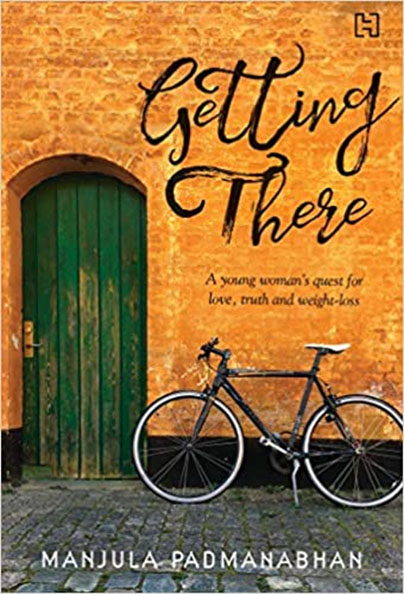Stuck in her twenty-something body, Manjula Padmanabhan is a misfit amongst her friends and family. Getting There: A Young Woman’s Quest for Love, Truth and Weight-Loss is a memoir about a woman in erstwhile Bombay who is unable to find peace despite all the comforts that she is surrounded with. Written in a travel memoir genre, the book takes its readers through a bildungsroman journey where the protagonist consciously picks up challenges that unfailingly give her an insight into life—‘There is no experience without desire.’
In the beginning it may be tempting to compare the memoir with Gilbert’s Eat, Pray, Love, but as it picks up pace and a series of misadventures happen, Padmanabhan’s inversion of the work becomes evident. The book begins with the cliché about women being conscious of their weight issues, addressed with self-deprecating humour. As a young feminist who is struggling with standards of beauty, while also questioning the ideologies that lead them, Manjula’s dilemma makes the work both relatable and relieving to read.This scene begins at a dietician’s clinic with photographs of naked women in a before/after slide presentation to convince anxious clients like her, about the success rate of dietary plans. It is at this clinic that readers also get the first glimpse of Padmanabhan’s not-so-feminine interests. Abruptly put under the spot by the counsellor, she battles with the conflict whether a feminist must also fulfill social expectations of feminine behaviour. And with this sketch, the narrator lays the ground for a series of self-reflective observations that this memoir is mostly about.

